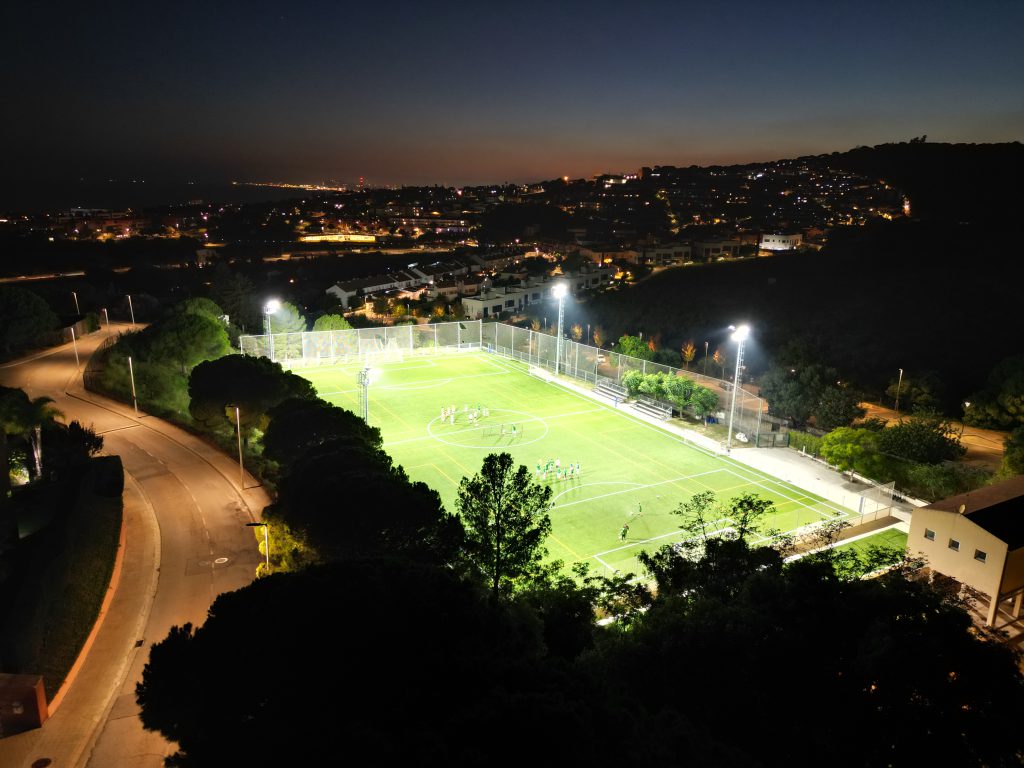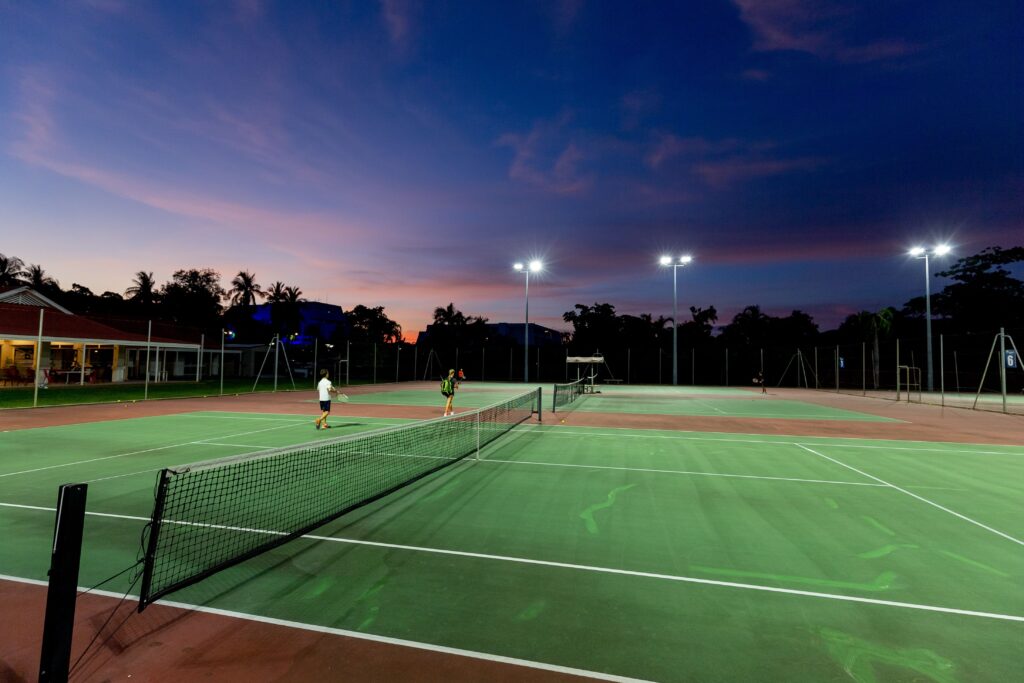Double carbon gains with dynamic controls

The power of LED lighting
LED lighting is revolutionizing energy efficiency, offering a powerful tool to reduce carbon emissions. Unlike traditional lighting, which wastes energy, LED luminaires provide precise control over brightness. This ability to adjust lighting based on usage helps minimize energy consumption and significantly lowers carbon footprints.
For example, during periods of low activity, such as when sports fields are unoccupied, LED lights can dim to a soft glow. This reduction in brightness conserves energy and reduces unnecessary carbon emissions. When the field is in use, LEDs provide optimal illumination, ensuring safety without over-consuming power.
The benefits of LED lighting in sports
The energy savings with LED lighting extend far beyond just reducing carbon. LED systems can also last longer and require less maintenance, which further contributes to a more sustainable solution. Their efficiency makes them an ideal choice for sports fields, where lighting demands are high but energy conservation is crucial.
By adopting LED lighting, sports venues can lead the way in sustainability. These energy-efficient solutions help minimize the carbon footprint while providing high-quality lighting. With intelligent systems, no energy is wasted, and carbon emissions are kept to a minimum.


Greener venues, brighter future
Choosing LED lighting isn’t just a smart financial decision; it’s a commitment to a greener future. With every LED installation, venues take a significant step toward reducing carbon emissions. As LED technology continues to evolve, it will drive further reductions in energy consumption, helping to create a more sustainable world.
In conclusion, LED lighting transforms energy use in sports venues, offering both environmental and operational benefits. By reducing carbon emissions and energy costs, LED luminaires are lighting the way to a sustainable future.